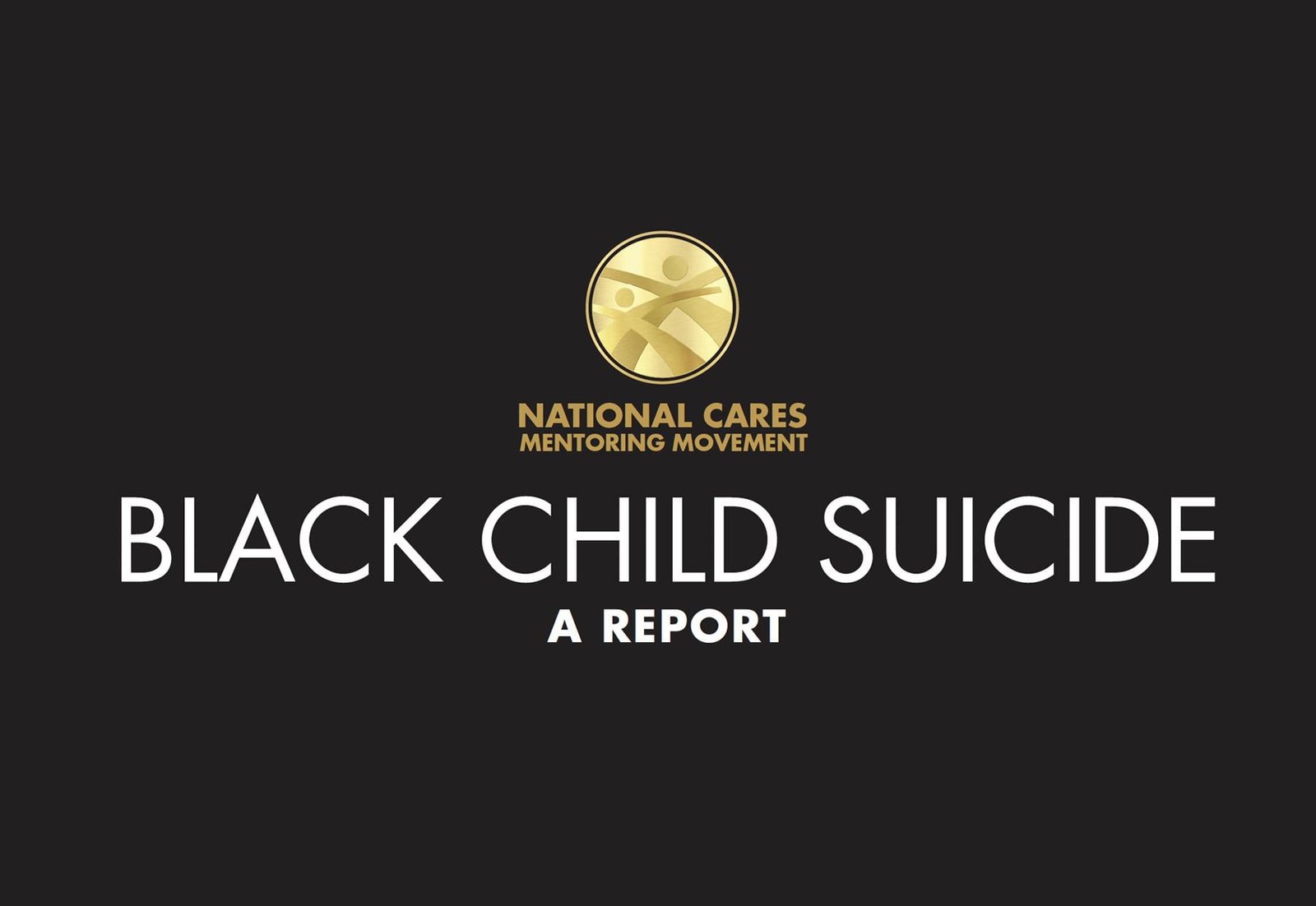CHERYL GRILLS, PH.D., JOSETTE BANKS, PH.D., KIMANI NORRINGTON-SANDS, PH.D.,THEOPIA R. JACKSON, PH.D., SHANTELL L. STEVE. SC.M, MIA CLARK, B.A.on behalf of the
NATIONAL CARES MENTORING MOVEMENTIn Collaboration With THE ASSOCIATION OF BLACK PSYCHOLOGISTS
October 15, 2019
In the United States, suicide is one of the leading causes of death for youth (Stone et al., 2017). However, in the past quarter century, while suicide rates have declined among White children, they have shown a steady increase among Black children. In a recent study of suicide rates among Black adolescents, from 2001 to 2017, the rate of suicides for adolescent Black males increased by 60% and increased by 182% for adolescent Black females (Price & Khubchandani, 2019). This disproportionate increase in Black youth death by suicide constitutes a national public health crisis, but explanations remain speculative, research is limited, and interventions are culturally and contextually deficient.
Examining this alarming trend requires a thoughtful and thorough examination of Black children and adolescents’ current lives as well as centuries of structural and institutional racism. Such societal forces have resulted in Black youth being chronically exposed to community violence, educational neglect and greater disciplinary action, and continued assaults by institutions such as law enforcement. In short, Black youth as a whole experience different amounts and types of psychological and emotional stressors than White youth.
When looking at Black youth suicide within a socio-ecological and historical context, economic and socio-political, psychological, emergent cultural and contextual factors become salient. Bronfenbrenner’s social-ecological framework (1979) helps guide an understanding of contextual factors that may be contributing to Black child death by suicide in a specific and unique manner. Some of these include:
• MULTIGENERATIONAL CULTURAL TRAUMA
• COMMUNITY VIOLENCE
• ADVERSE CHILDHOOD EXPERIENCES (ACEs) AND STRESS-RESPONSE PATTERNS (i.e., THE TOLL OF RACIAL TRAUMA AND COMMUNITY VIOLENCE)
• SYSTEMIC AND INSTITUTIONAL VIOLENCE
• BULLYING
Common suicide risk factors (e.g., depression, poor social support, family dysfunction, substance abuse, access to firearms) cited for all populations may be relevant to Black child suicide but do not explain the uptick in the rates of suicide among Black children. These factors are helpful but become less predictive when a socio-ecological and historical context is not used and the intersection of racism and developmental age differences are not taken into consideration.



